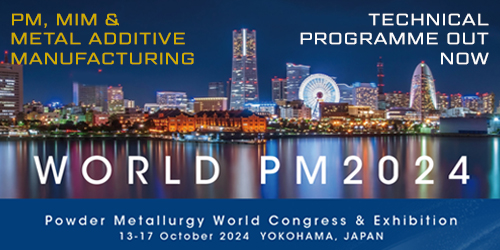SSI Sintered Specialties: Expanding horizons through ‘next-generation’ Metal Injection Molding materials and Binder Jetting
SSI Sintered Specialties, LLC can trace its roots back to the earliest days of Powder Metallurgy in the US. True to its name, that company has over the decades found success through specialisation, in particular stainless steel PM products. This is a theme that continues today, with the company now expanding its horizons through the development of large Metal Injection Molding parts using innovative feedstock technology, and the adoption of metal Binder Jetting. Bernard North visited the company on behalf of PIM International and reports on its plans to remain at the forefront of metal powder based parts production. [First published in PIM International Vol. 15 No. 4, December 2021 | 10 minute read | View on Issuu | Download PDF]
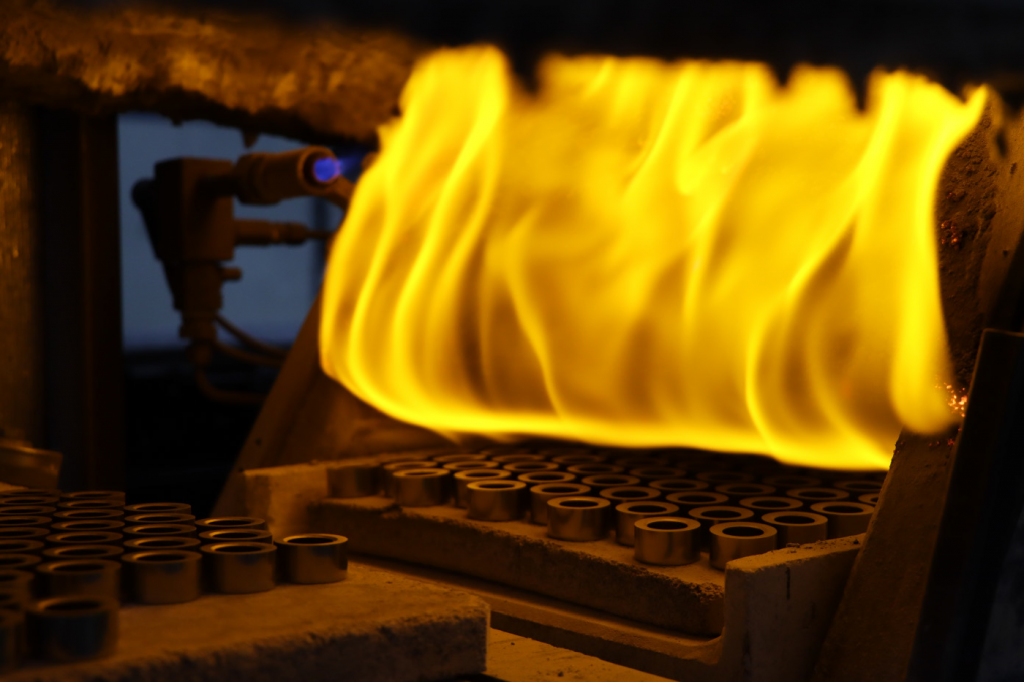
Janesville, in the Midwest of the USA, lies ninety-five miles from Chicago’s O’Hare Airport along Interstate 90. This modestly sized Wisconsin city, with a population of around 65,000, is home to SSI Sintered Specialties, LLC, a major player in the Powder Metallurgy parts business, and one with a long and distinguished history. In October, I visited the company on behalf of PIM International magazine and met with three members of SSI’s team: Paul Hauck, Chief Operating Officer, Joe Lange, Vice President, Manufacturing, and Kayla Varicalli, Marketing Manager, to discuss some major developments at the company, including an expansion of its Metal Injection Moulding capabilities and a move into sinter-based metal Additive Manufacturing.
Innovation past and present: the story of SSI
The history of SSI can be traced back to the earliest days of PM component production in North America. In the 1950s, the Parker Pen Company opened its Panoramic sintering division for porous Powder Metallurgy components for pens. During the following decade the product line diversified into initial automotive applications, and in the 1970s sintered stainless steel parts for mounting rear-view mirrors were developed and introduced. In 1982, Parker Pen sold the operation to a group of six private investors, who named the company SSI Technologies, Inc. In 1987, one of those investors became the sole owner and remains as such to this day.
Over the next four decades the company grew by expanding its product range in terms of materials, markets, and product complexity, enabled by successive (and contiguous) increases in manufacturing space up to the present 23,000 m2 (250,000 ft2). During this time, major upgrades were implemented in manufacturing equipment and processes, workflow efficiency, forward integration into machining and other finishing processes, and quality systems. The workforce level currently sits at approximately 400 employees.
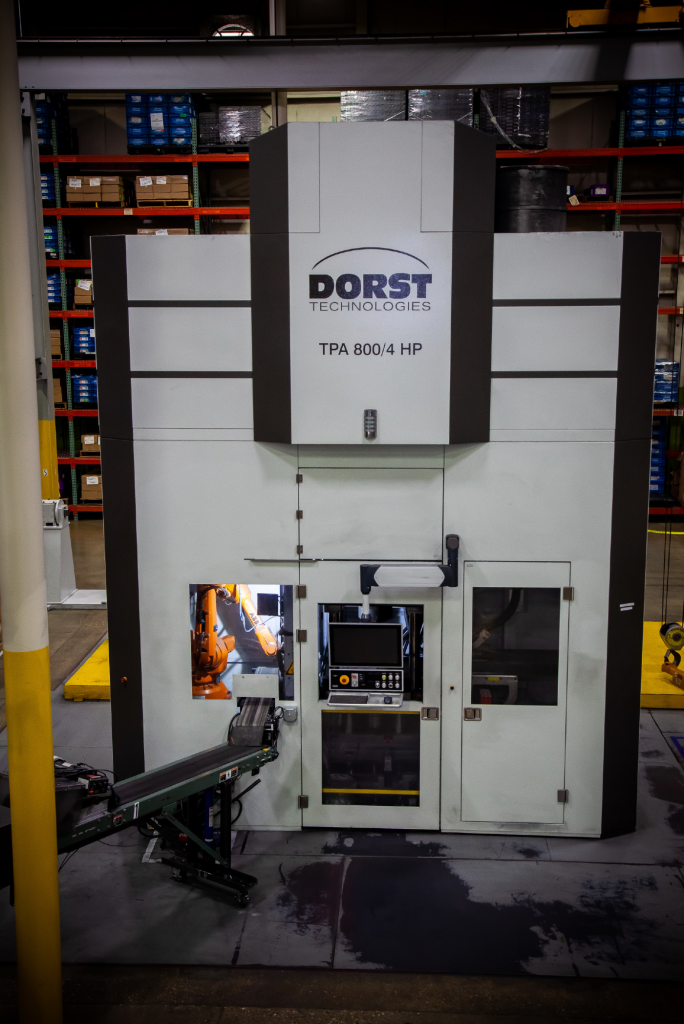
In relation to press and sinter PM production, the company’s rather unique expertise lies in the production of stainless steel components. A very high proportion – around 85% – of the company’s PM output is for stainless steel product, with many applications being large components. As a result, SSI is one of the world’s largest consumers of stainless steel powders.
With an eye to efficient and sustainable manufacturing, there is an emphasis on net or near-net shaping, with extensive use of multi-level press tooling. Thus, around 40% of SSI’s PM production volume does not require finishing processes. There is a high level of forward integration – of the 60% of SSI’s production that requires finishing operations, more than 95% of those operations (machining, grinding, coining, infiltration, heat treatment, brushing, burnishing, and assembly) are done in-house. This increases control over costs, lead times, delivery performance, and quality, and puts SSI closer to the final customer. Total production volume varies by market conditions, but it is typically about 100 million parts annually.
MIM and AM: driving diversification
In 2019, the associated automotive and industrial sensor and systems business, SSI Controls Technologies, was sold to Amphenol Corporation, and SSI Sintered Specialties became its own standalone business, with a focus on sustainable solutions using Powder Metallurgy.
This presented an opportunity to reposition the company to compete in a rapidly evolving global market and to leverage its expertise in sintering – particularly high-temperature sintering. As a result, 2021 has become a year of transformation for the company, resulting in a major expansion of production capabilities as well as a new sales and engineering office in Novi, Michigan.
Whilst innovation in press and sinter PM parts production remains a focus at SSI, the company is also diversifying its product portfolio – and market reach – through two forming technologies that are closely related to each other: Metal Injection Moulding and metal Binder Jetting (BJT).
MIM has been offered in-house at SSI since the 1980s; however, strategic technology upgrades will offer access to a broader range of customers who are looking for the ability to produce higher performance, larger and more complex geometries in volume production. SSI’s non-automotive target markets for these newly introduced technologies include aerospace, defence, electronics, medical, industrial, and sports equipment.
At the heart of SSI’s MIM technology upgrades is a partnership with Tundra Innovations, a material additives company based in White Bear Lake, Minnesota, USA, to explore the high-volume production of large, complex components by MIM. SSI will operate as the preferred production partner of parts made with Tundra’s Dynamik® materials platform. The intention is that, by leveraging SSI’s metallurgical production expertise and Tundra’s expertise in specialist binder systems, larger and more complex parts can be produced that were previously considered economically or technically unviable for MIM.
Hauck explained that, with traditional MIM materials, the uncertainty of non-isotropic shrinkage significantly increases with larger parts, often resulting in high part variability, low dimensional stability and expensive material processing. These obstacles have kept most MIM components around 25 g or less.
Tundra’s binder technology offers the ability to produce parts with an average isotropic shrinkage of 10-12%, compared to conventional shrinkage of 16-20%. This improves dimensional stability for the production of parts with near-wrought properties. The feedstock can be processed using conventional MIM equipment and enables large, complex part production – including parts that are 100 g or larger.
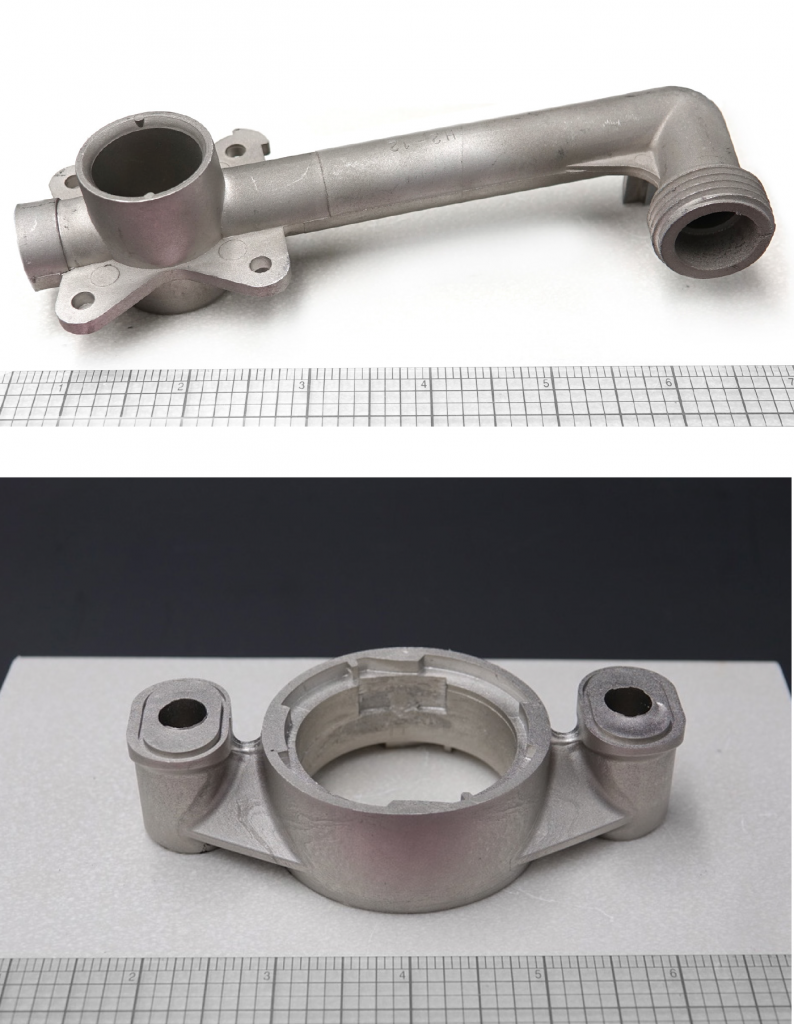
“It takes a strong partnership between dedicated materials and engineering experts to solve the challenging obstacles that are present in the Metal Injection Moulding space today,” Hauck stated at the time of the partnership announcement. “Partnering with Tundra, a company with a background in leveraging advanced technical insights to reinvent what’s possible, advances our strategy to design and produce MIM components with properties and possibilities that the market has never seen before. MIM has had a successful history in delivering very complex metal parts for demanding applications, but its scope has been limited to small parts. Our partnership with Tundra enables us to address a broader range of applications that were not economically possible with traditional MIM operations, expanding how our customers can leverage the technology for their applications.”
The partnership with Tundra coincides with other MIM-related technology investment announcements that include the addition of a high-temperature refractory metal lined vacuum furnace from Elnik Systems, Cedar Grove, New Jersey, and a new automated injection moulding cell from Arburg GmbH & Co KG, Lossburg, Germany, offering customers the capabilities needed to lead the development of what are described as ‘non-traditional’ MIM applications.
Embracing metal Binder Jetting
In September, SSI announced its purchase of the X1 160Pro and InnoventPro 3L metal Binder Jetting (BJT) machines from The ExOne Company, North Huntingdon, Pennsylvania, USA. Delivery of the two machines is expected in the first half of 2022.
The addition of metal Binder Jetting to SSI’s technology portfolio is regarded as a natural next step in providing customers with the most advanced technology on the market to produce complex geometries in volume production. “Our expertise and lengthy heritage in high-temperature metallurgy processing is a perfect fit for Binder Jetting technology, and we are thrilled to be working with ExOne to offer our customers the future of metal 3D printing,” Hauck stated.
With Binder Jetting, SSI intends to offer components with increased complexity and size for volume production in a variety of metals, without the need for tooling. The investment in this technology is, states Hauck, just one of the steps in SSI’s business strategy to embrace AM and bring new manufacturing solutions for volume production.
SSI and ExOne will collaborate on BJT material, automation, and process development, with the InnoventPro being used for material and application development, and the 160Pro dedicated to volume production through a fully automated cell with continuous sintering equipment.
Hauck stated that the main reasons for the selection of metal Binder Jetting as the ‘AM process of choice’ at SSI are lower capital cost and higher build rates of the machines compared to Laser Beam Powder Bed Fusion (PBF-LB) and Electron Beam Powder Bed Fusion (PBF-EB). In addition, the sintering processes for MIM and binder jet AM parts are very close, and offer invaluable synergies.
Hauck stated that, of the small number of companies currently offering BJT machines, ExOne was selected for a number of reasons. “Their long history with sand machines for the foundry industry has given them a firm market base, as well as great experience in operating in demanding industrial environments. They have developed a lot of experience with different metals and user industries.” Hauck also commented that ExOne’s Triple Advanced Compaction Technology (ACT) gives higher and more uniform green densities, and hence lower and more uniform shrinkage during sintering. “Transitioning between the smaller and larger units should be straightforward as the units have the same print jet configurations.”
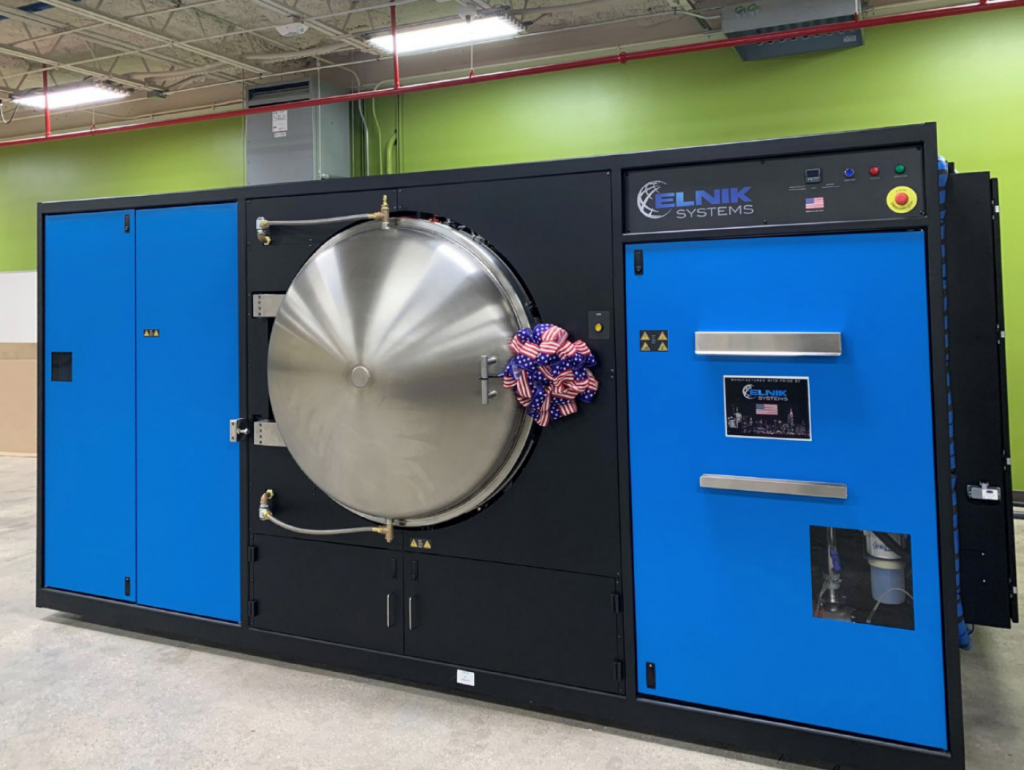
Pros and cons of MIM and AM: part complexity, dimensional control, and production volume
The adoption of metal Binder Jetting to date, although modest, has been driven in large part by the MIM industry – suggesting that the technology is primarily seen as an opportunity rather than a threat by the MIM industry. Hauck believes that component design will be a big factor in determining what process is the best fit for the application. “While many people view AM as suitable for low volume work because it obviates the need for tooling, our focus at SSI with both MIM and AM will be on volume production. We are already in discussion with several potential customers on some very exciting possibilities,” stated Hauck.
Just as the activity of MIM firms around the world is starting to create a rather fluid ‘border’ between MIM and the sinter-based AM industry, experienced MIM professionals are also moving freely between the industries, taking with them the necessary expertise in debinding and sintering.
Hauck himself made the switch to working on sinter-based Additive Manufacturing technologies in 2018, joining HP’s metal Binder Jetting program as product manager of the company’s Metal Jet hardware division. In 2020, Hauck took on his current position as Chief Operating Officer back at his former employer, SSI. He is therefore able to promote both MIM and BJT technologies with the experience of operating in both industries.
When it comes to the size capabilities of the new MIM technology being introduced at SSI, Hauck explained that the maximum practical sintered cross-section thickness is around 12.5 mm, and that whilst the maximum practical weight of MIM parts using this technology appears to be about 500 g, 100 g could be an optimum ‘routine’ weight, far higher than that of typical MIM parts, which rarely exceed 25 g.
“SSI’s partnership with Tundra has enabled the production of physically large, complex components with solid dimensional control at a more efficient cost in MIM. Tundra’s Dynamik® feedstock achieves extremely high powder packing densities – upwards of 80% by volume – through the use of a bimodal coarse/fine particle size distribution and proprietary organic binder technology, greatly reducing both the absolute shrinkage down to a linear 10-12% during sintering to high densities, as well as substantially reducing the degree of shrinkage anisotropy. Modern high temperature sintering technology is also very helpful, which SSI has an abundance of in its facility.”
In terms of the materials available as part of the new process, Hauck explained, “SSI’s focus for MIM will be on components that can best leverage the new technology – like complex design features at nearly any size – for high volume production in both stainless steel and other materials.”
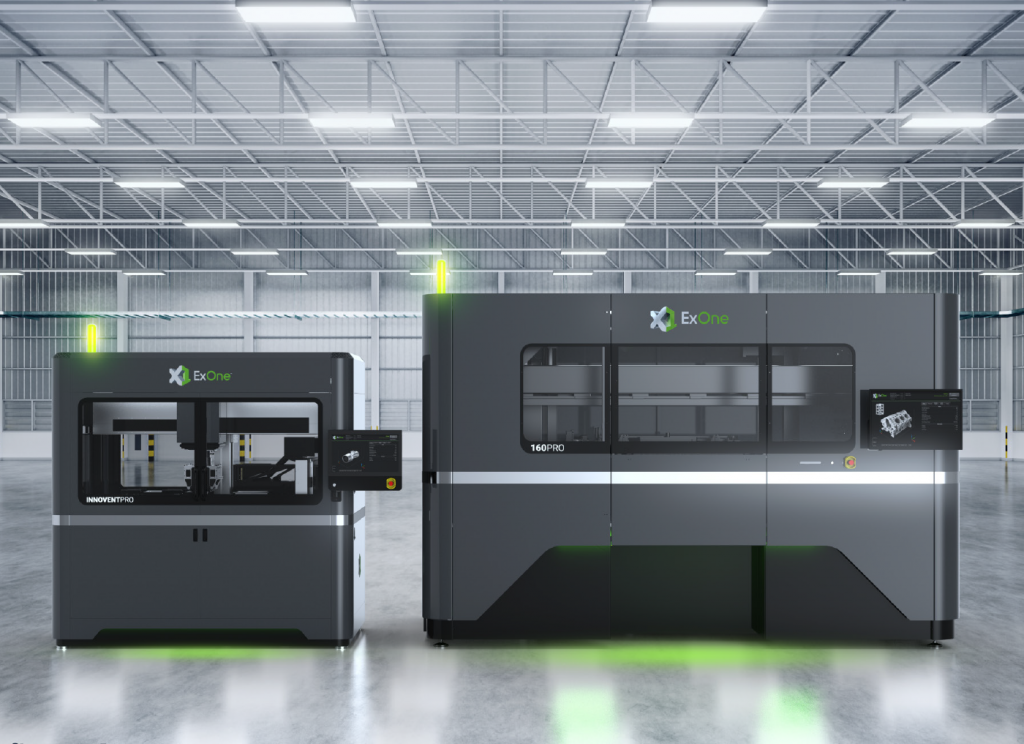
Conventional PM manufacturing capabilities enhanced
SSI has more than forty presses for press and sinter PM parts production, ranging from 20 to 880 US tons (tonnes) in capacity. The company recently invested in a new SACMI 200 ton fully automatic hydraulic CNC press. Equipped with integrated automation for part removal, the MPH 200 press is scheduled for installation in 2022.
The press, stated SSI, provides process and productivity improvements compared to traditional mechanical press technologies and will enable the company to produce more PM components without the need for secondary operations.
SSI’s Janesville plant has forty-seven sintering furnaces with operating temperatures between 1150 and 1600°C; thirty-two of these furnaces are capable of sintering above 1300°C, helping to achieve relatively high densities for press and sinter PM parts in the range 88-94% theoretical, compared to standard PM parts which are commonly in the 82-88% range. As previously mentioned, SSI does most of its post-processing in-house, and the plant has forty-six CNC machine tools of various kinds, again with a high level of materials handling automation.
Powder management, quality and environmental
SSI does not manufacture powder, and processing of powders prior to part production is limited to V-blending to adjust certain compositions. Major grades are dual-sourced, with pre-qualified primary and secondary suppliers, and are delivered in super-sacks or appropriate sealed containers and inventoried thus.
Qualified powder suppliers provide data directly into SSI’s quality management system, thus avoiding needless duplication of effort. However, the plant also has extensive analytical and property measurement capabilities, which are also used by development staff in their process and product improvement work.
Quality system data are integrated with process control and control plans into the company’s ERP (Enterprise Resource Planning) system. Furthermore, SSI’s phase gate system for process and product development is incorporated into the ERP system. SSI was first certified to the international ISO 9001 quality systems standard in 1998, and it is currently certified to ISO 9001:2015 as well as the automotive quality standards ISO/TS 16949:2009 and IATF 16949:2016.
The company was first certified to the environmental standard ISO 14001 in 2011, and it is currently certified to ISO 14001-2015. In addition, the company is compliant with ITAR (International Traffic in Arms Regulations) and US Conflict-Free Minerals policy.
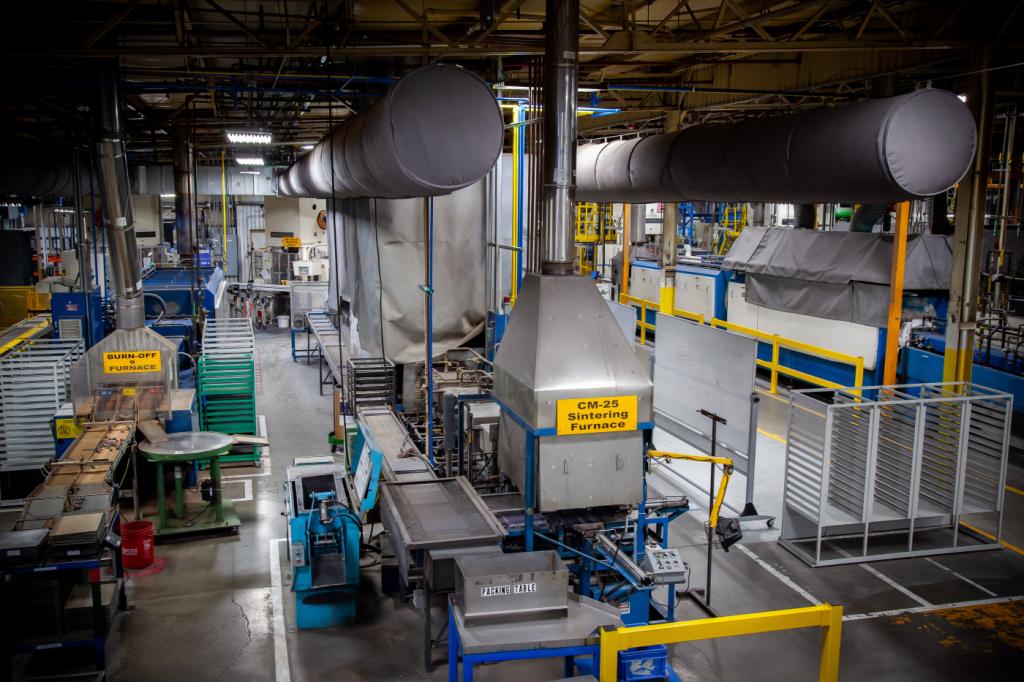
The role of professional bodies
Hauck believes that professional bodies such as the Metal Powder Industries Federation (MPIF) and APMI play a critical role, especially in standards development, information exchange, and networking. At the Orlando PowderMet2021 conference he was particularly impressed with the number of doctoral students present and with the resume and job vacancy boards to facilitate placement. From 1999 to 2005, Hauck was President of the MPIF’s Metal Injection Molding Association (MIMA).
In 2013, Hauck was recognised by the MPIF with its Distinguished Service to Powder Metallurgy award – an award in which nominations and selections are made by industry peers on having contributed a minimum of twenty-five years of service to the industry and technology of Powder Metallurgy. He is also a co-chair of the MPIF PowderMet2022 conference, to be held in Portland, Oregon, and has been encouraging his contacts in the industry to submit presentations for the event.
Outlook
SSI Sintered Specialties is without doubt a significant player in the powder metallurgical parts manufacturing space, and one with a blend of technical and industry experts from within the organisation as well as recently drawn from external sources. As with many PM producers around the world, navigating a path through the uncertain waters ahead, in part as a result of vehicle electrification, will require vision and tenacity. It will be fascinating to see how quickly, and in what directions, the company develops new products and business as it integrates its new technologies into its manufacturing and commercial operations.
Hauck agrees with the assessment of Edwin Pope, IHS Markit, in his plenary presentation at PowderMet2021, that the reality of the EV revolution may in fact be a relatively slow market shift, especially in North America, due to challenges with the overall infrastructure needed for large scale BEV or fuel cell vehicle adoption. That said, SSI is pursuing PM applications for full electric vehicles, as well as continuing to diversify into non-automotive markets.
Author
Bernard North
North Technical Management, LLC
Greater Pittsburgh Area
Pennsylvania, USA
[email protected]
Contact
Kayla Varicalli
Marketing Manager
SSI Sintered Specialties
[email protected]





